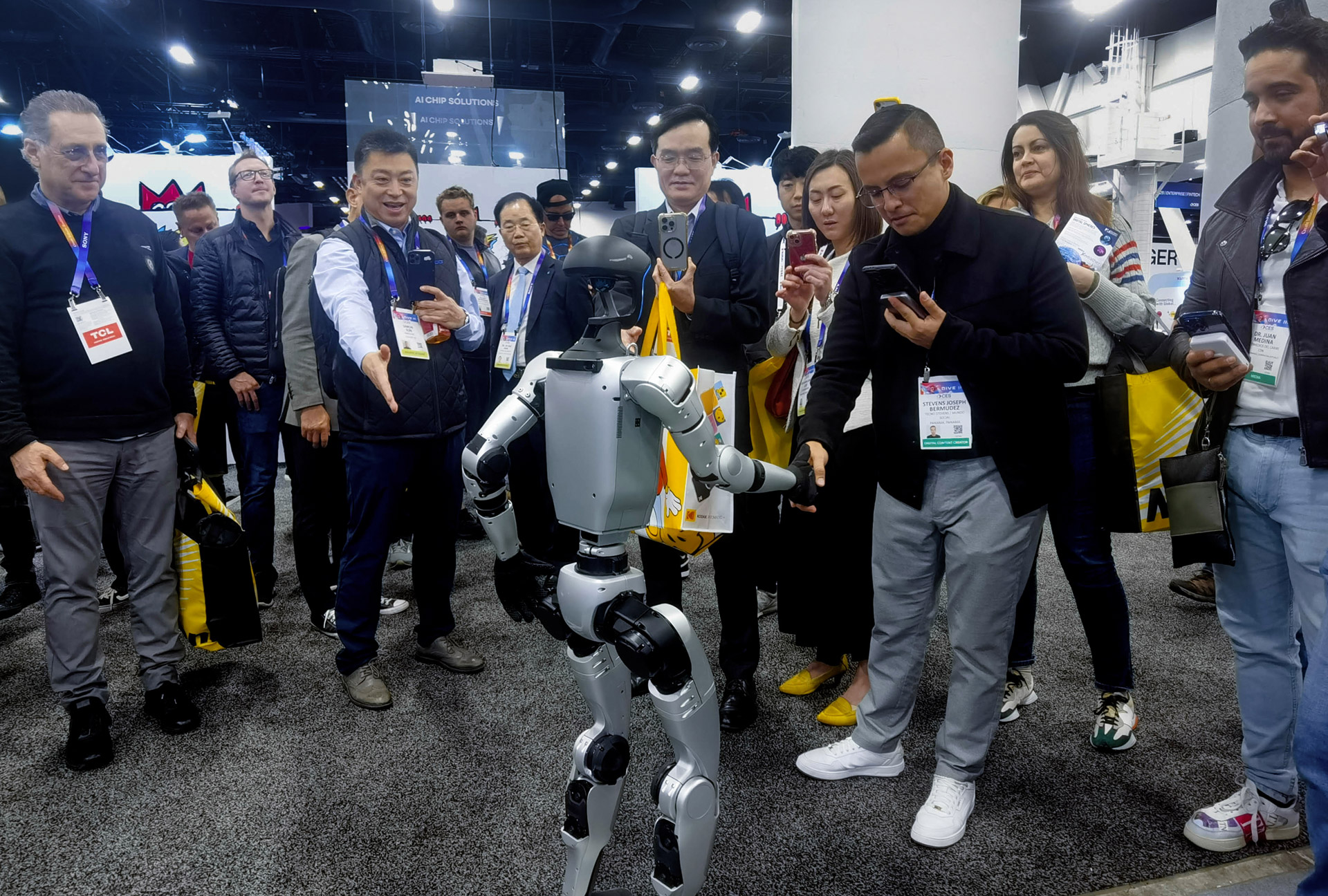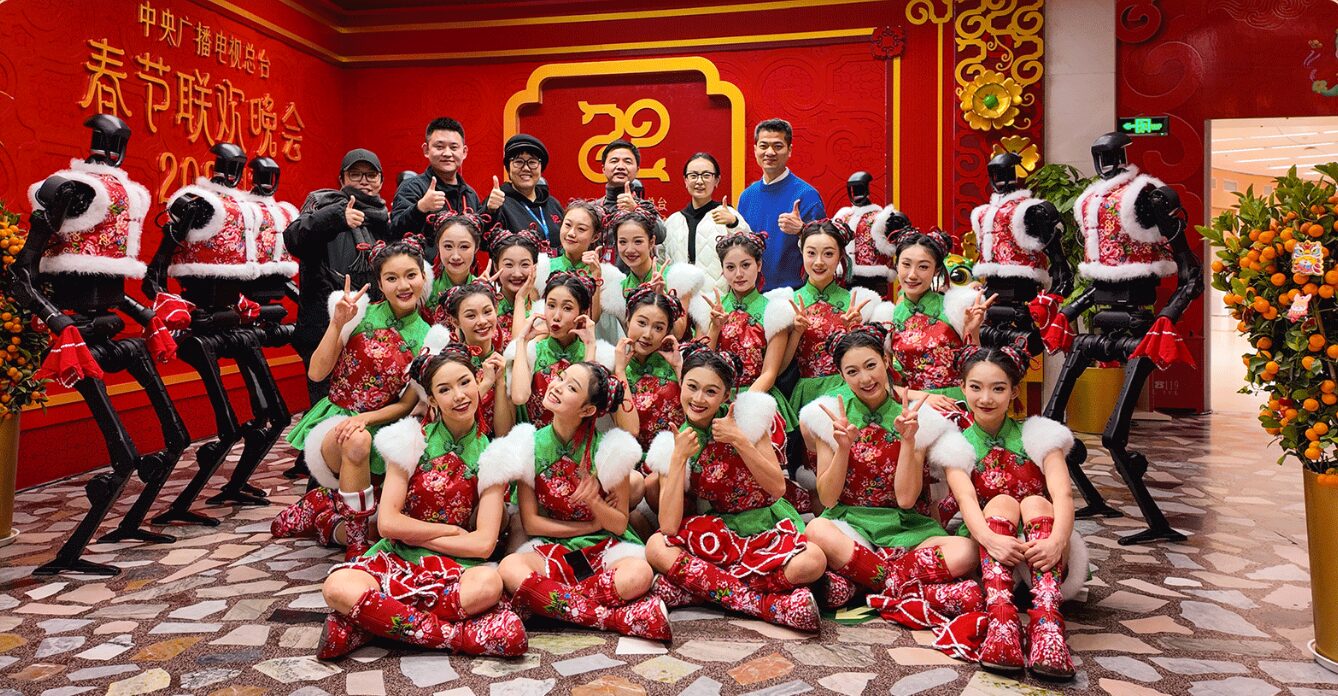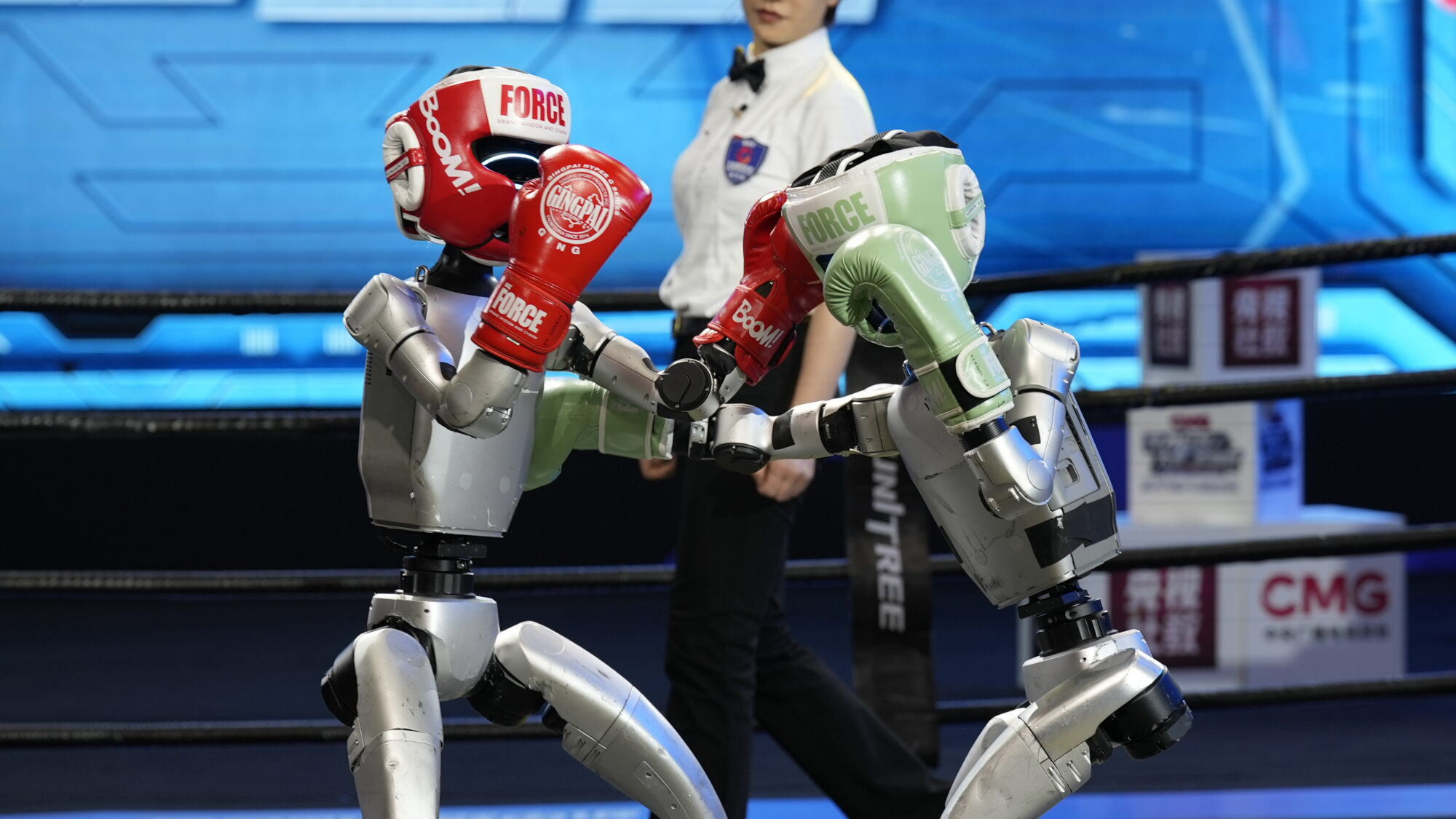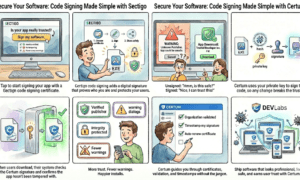Unitree Robotics has always been dedicated to creating fun, friendly, and engaging robots for the public, aiming to bring joy and companionship through robotics technology. From a cowboy walking the streets of Austin, Texas, to viral livestreamed boxing tournaments online, Unitree Robotics is pushing the boundaries of robotics in modern life. As a pioneer in civilian robotics, the company is capturing global attention by combining technological precision with cultural relevance—and deploying its creations across entertainment, industry and everyday life.
Humanoid robots developed by Unitree have organically become social media sensations, with fans celebrating their diverse outfits, makeup and personalities. Whether striking a pose or dancing in sync, these expressive robots are blurring the lines between human and humanoid in consumer and entertainment spaces.
One recent breakout cultural moment highlights this shift. Jake the Rizzbot, a G1 Unitree robot operated by a user, went viral in news stories and on social media, stunning crowds on the streets of Austin with his smooth moves and Gen Z slang—showcasing Unitree robots’ capabilities for lifelike interaction.
In the world of sports and entertainment, Unitree robots are also stepping into the ring—literally. The company’s robot boxing matches showcase the stability and high-performance motion control of humanoid robots in extreme environments.
On the industrial front, Unitree’s quadruped robotic dogs are already making an impact. With deployments in firefighting, seedling monitoring in agriculture, power inspection, and hazardous terrain navigation, they are proving indispensable in environments where human safety is at risk.
From cultural expression to life-saving industrial use cases, Unitree believes that robots can enrich every facet of modern life. The company is leading the charge toward a more interactive, inclusive, and integrated robotic future with robots that entertain, connect, and protect.

Editor’s Note: The Future of Robotics – Cultural and Commercial Implications
Unitree Robotics’ recent breakthroughs mark a compelling inflection point for the global robotics industry, particularly within the rapidly evolving sectors of consumer engagement, industrial automation, and entertainment technology. While much of the robotics discourse has historically centred on industrial-scale applications or speculative AI-driven futures, Unitree’s innovations offer a more grounded, yet visionary, demonstration of what robotics can achieve when accessibility, cultural integration, and technical excellence converge.
At the heart of Unitree’s public-facing success is its deft navigation of cultural relevance, something rarely achieved in engineering-led fields. Through characters like “Jake the Rizzbot,” the company has not only gone viral but has also cultivated a unique model of human-robot interaction that resonates particularly with younger, digitally native audiences. These humanoid robots do not merely perform; they participate. Whether deployed in street performances, livestreamed entertainment, or dance exhibitions, these units are designed to evoke emotional responses, an increasingly important component of consumer robotics.
From a market standpoint, this strategy positions Unitree at the intersection of entertainment, social media, and technology, an ecosystem where virality translates into influence, brand equity, and ultimately commercial viability. As short-form content and influencer-driven platforms continue to shape consumer habits, robots capable of engaging in these digital spaces could soon become not just novelties, but essential players in marketing, education, and virtual companionship.
Equally significant is Unitree’s growing footprint in mission-critical environments. The company’s quadruped robots, designed for tasks such as firefighting, power grid inspection, and agricultural monitoring, are quietly establishing a reputation for reliability and resilience. These use cases speak to a broader global trend: the increasing need for autonomous or semi-autonomous systems to operate in environments that are too dangerous, remote, or labour-intensive for humans. This is particularly relevant as climate change, urbanisation, and workforce shortages drive demand for innovative solutions in emergency services, infrastructure, and food security.
What sets Unitree apart in the industrial domain is the same quality that fuels its success in the public sphere: versatility. The adaptability of its robots, whether on city streets or in hazardous terrain, speaks to a modular design philosophy that anticipates varied and evolving operational requirements. Combined with robust motion control systems and advanced AI integration, Unitree’s platforms are not just functional, they’re scalable.

Looking ahead, the integration of robotics into everyday life will increasingly hinge on public acceptance, which is itself driven by familiarity, perceived utility, and trust. By humanising their technology, through design, behaviour, and cultural fluency, Unitree is advancing this acceptance faster than many traditional robotics firms. The company’s ability to bridge the emotional and functional dimensions of robotics reflects a broader industry shift: from automation for productivity to automation for connection.
For investors, policymakers, and technology leaders, Unitree’s trajectory offers several key takeaways. First, the convergence of hardware, AI, and design thinking is unlocking new market verticals previously considered niche or unviable. Second, consumer-facing robotics, particularly those with entertainment and social applications, represent a fertile area for growth, especially as hardware costs decline and AI models become more efficient and interactive. Third, there is a significant opportunity for cross-sector partnerships: between robotics firms and sectors such as healthcare, education, content creation, and urban planning.
Conclusion
Unitree Robotics exemplifies a new generation of robotics companies: agile, culturally fluent, and technically proficient. Their approach reflects an understanding that the future of robotics lies not just in automation, but in interaction, between machines and people, between entertainment and utility, and between science and society. As the industry continues to mature, companies capable of capturing both imagination and market demand will be the ones to watch. Unitree, at this moment, is undoubtedly one of them.

































